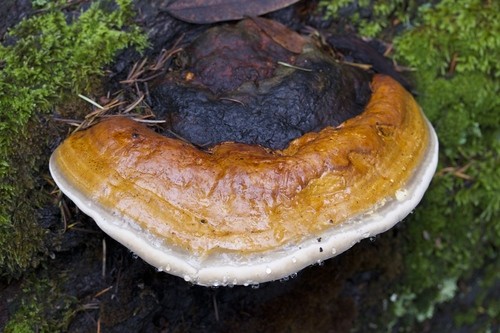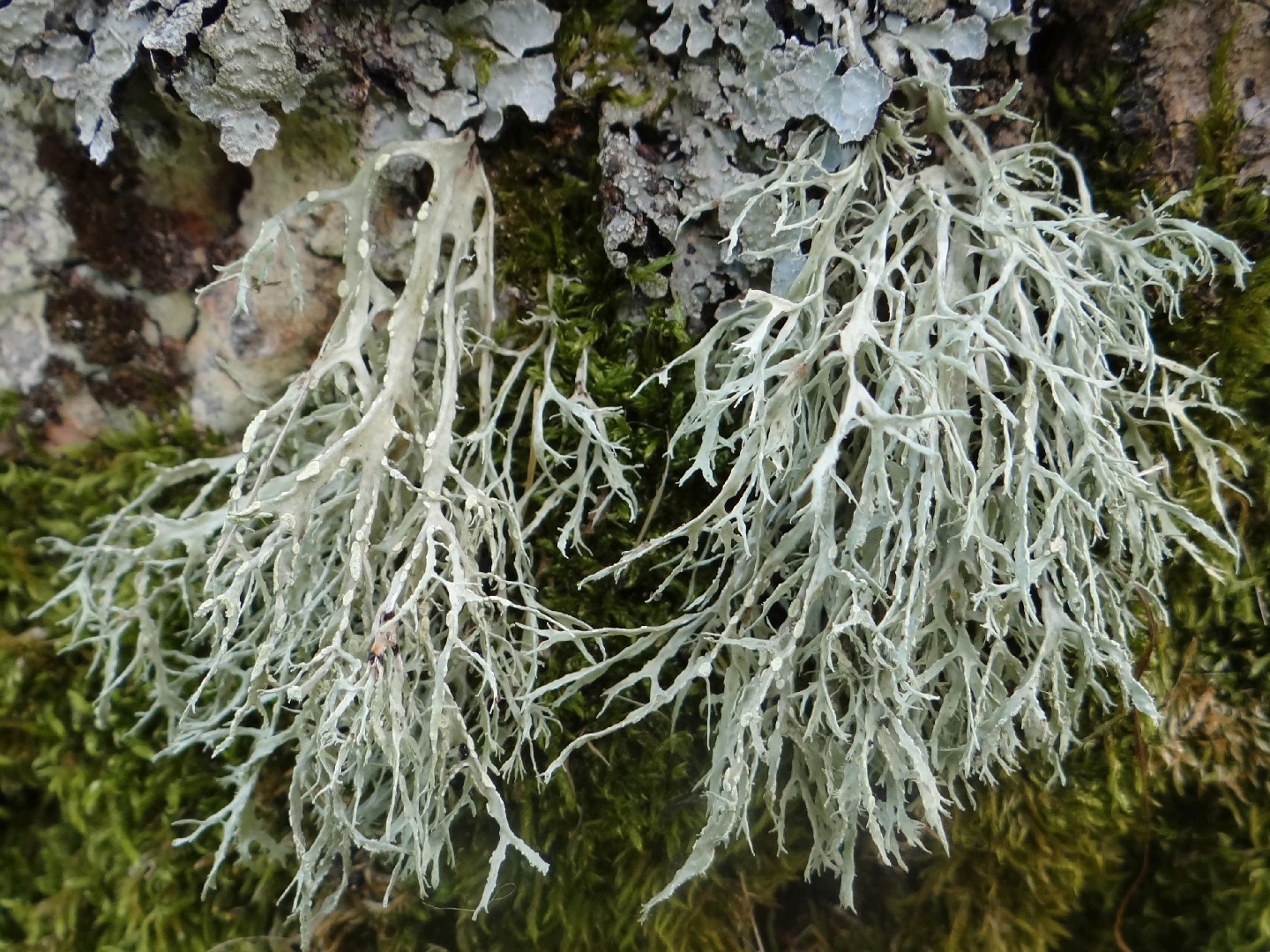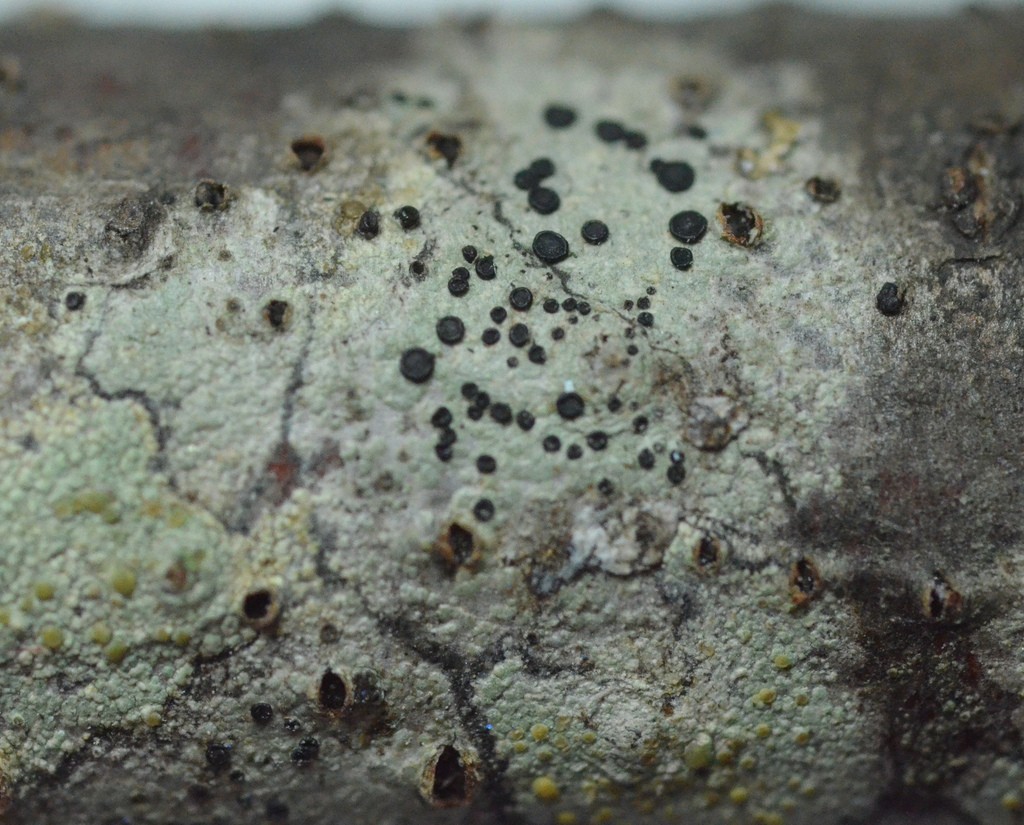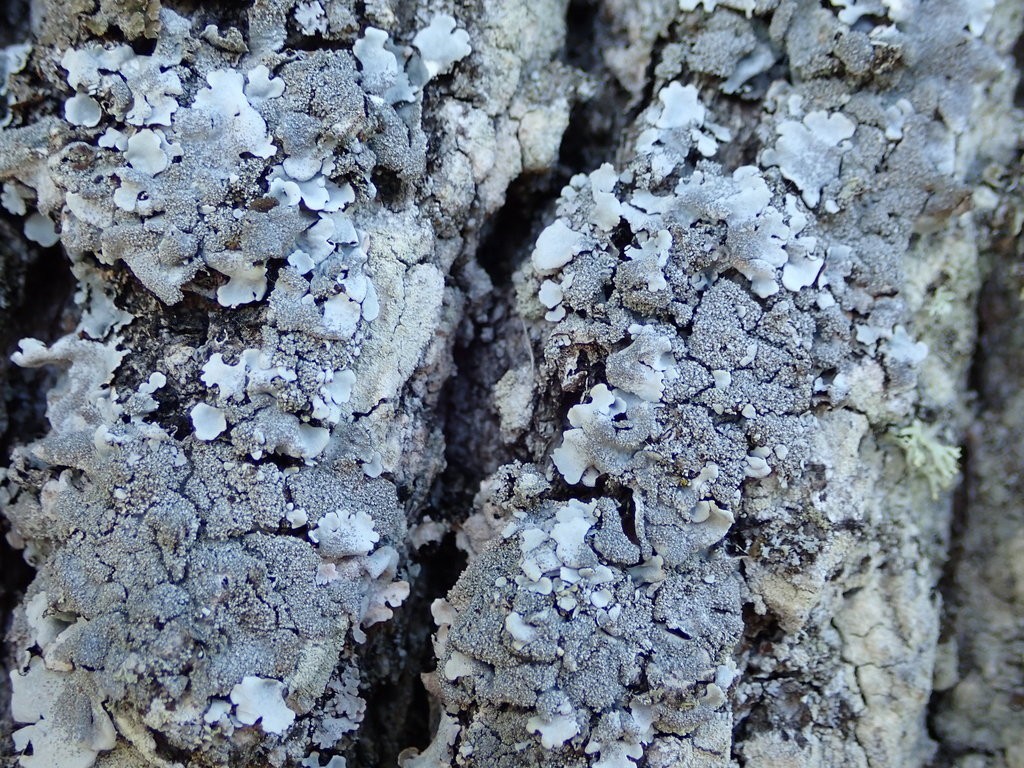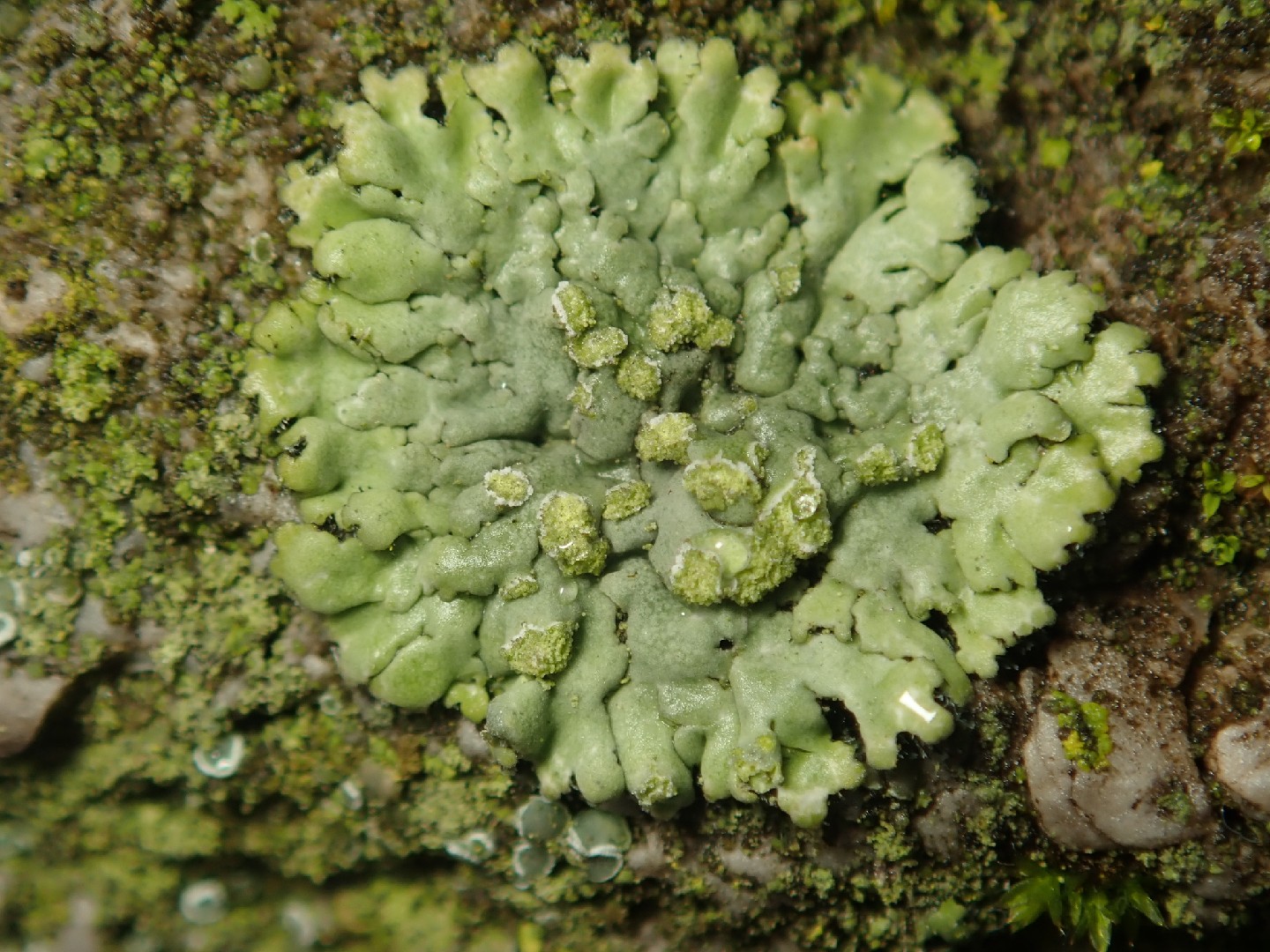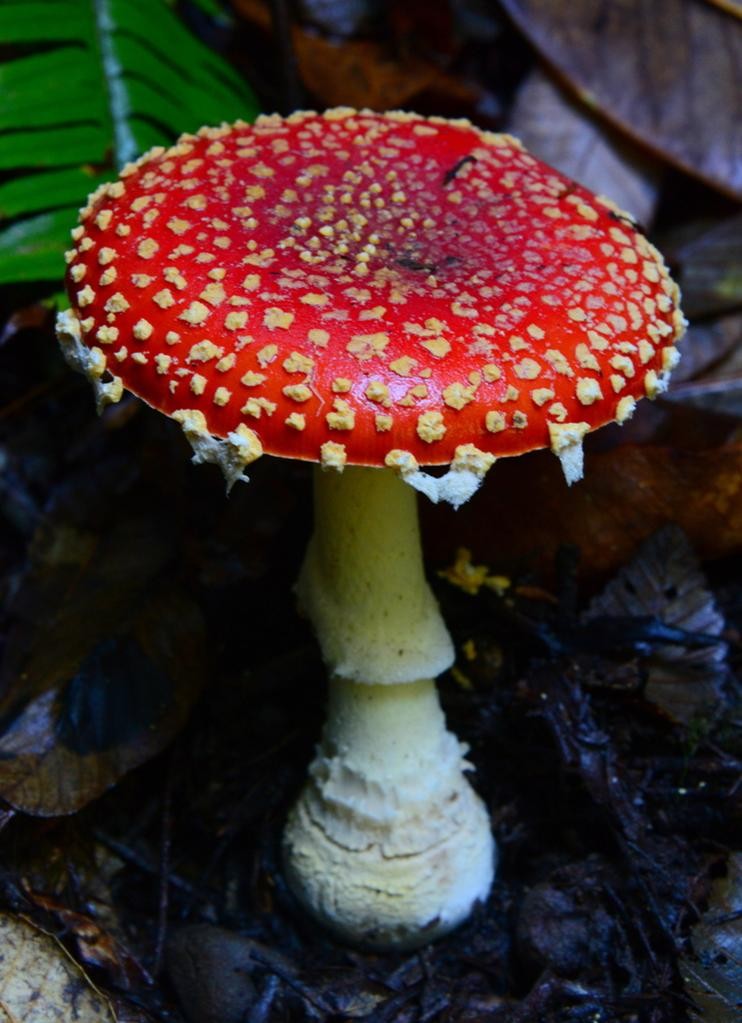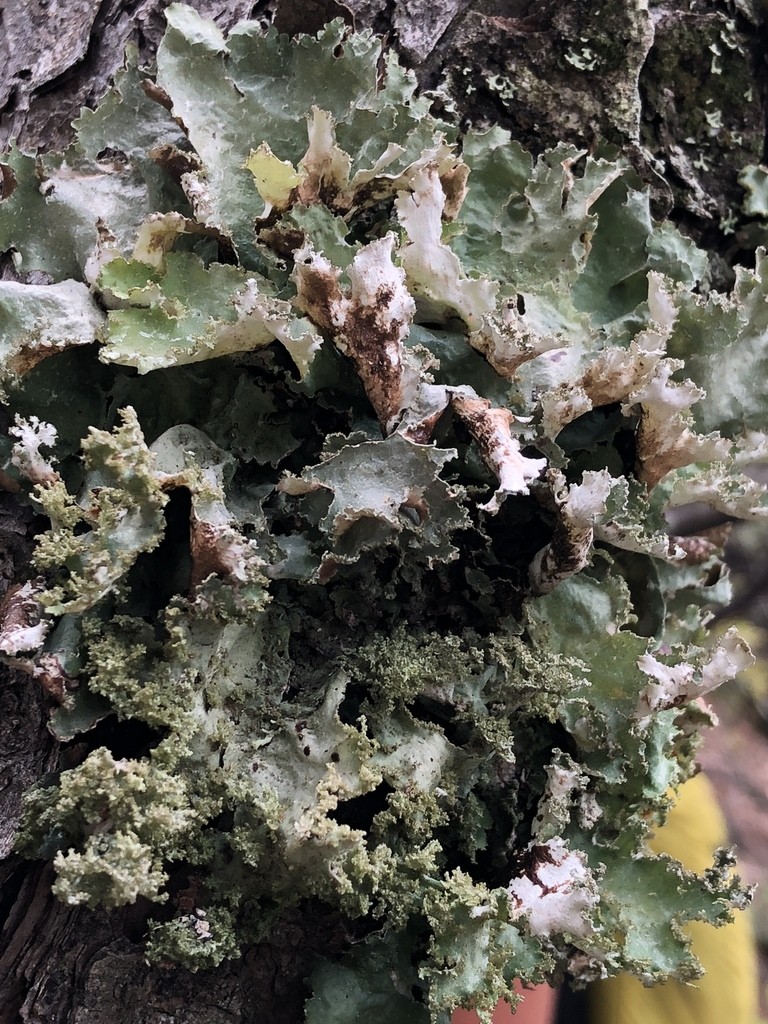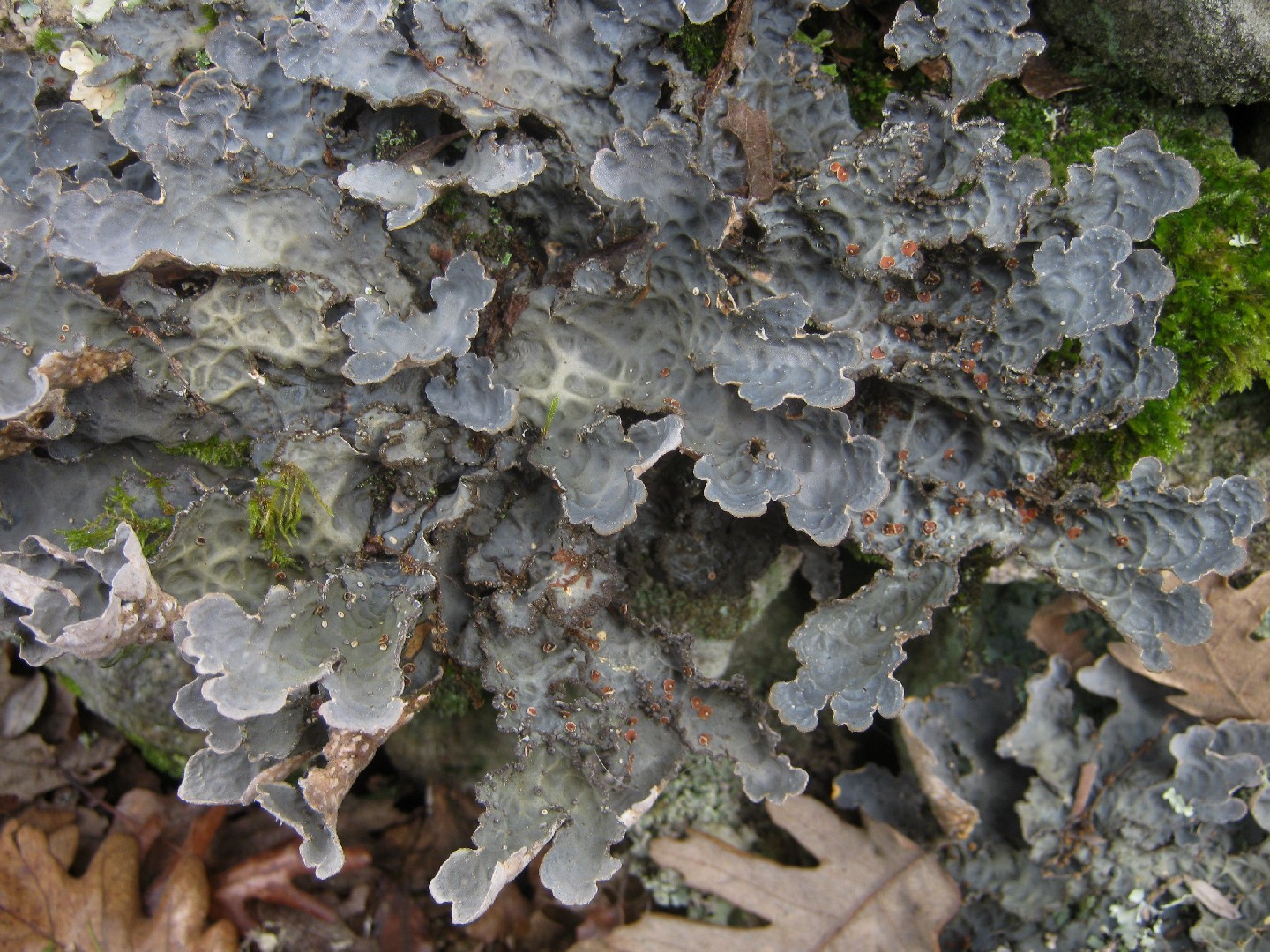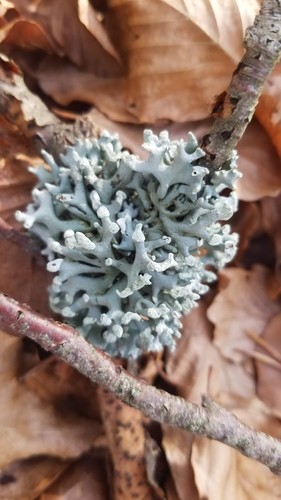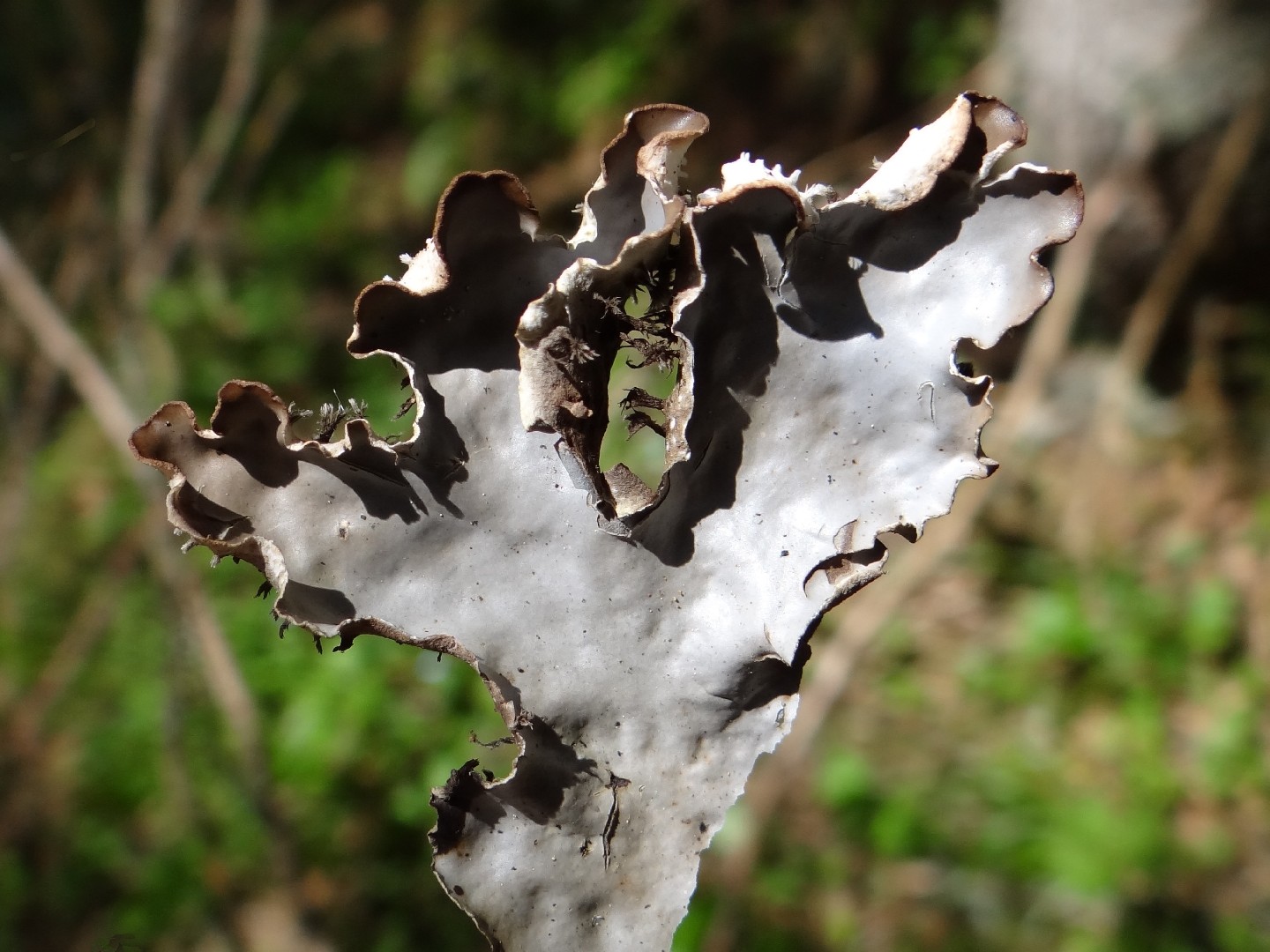Top 20 Most Common Mushrooms in Oullins
Nestled in a unique biosphere, the charming city of Oullins provides an ideal habitat for a variety of fungi. This city, renowned for its wealth of mushroom species, boasts a stunning array of the top 20 most common varieties. The diverse landscape, abundant with leafy woods and fertile soils, serves as a paradise for mushroom cultivation and foraging. Delve into the enchanting world of Oullins’s mushroom kingdom right here.
Most Common Mushrooms
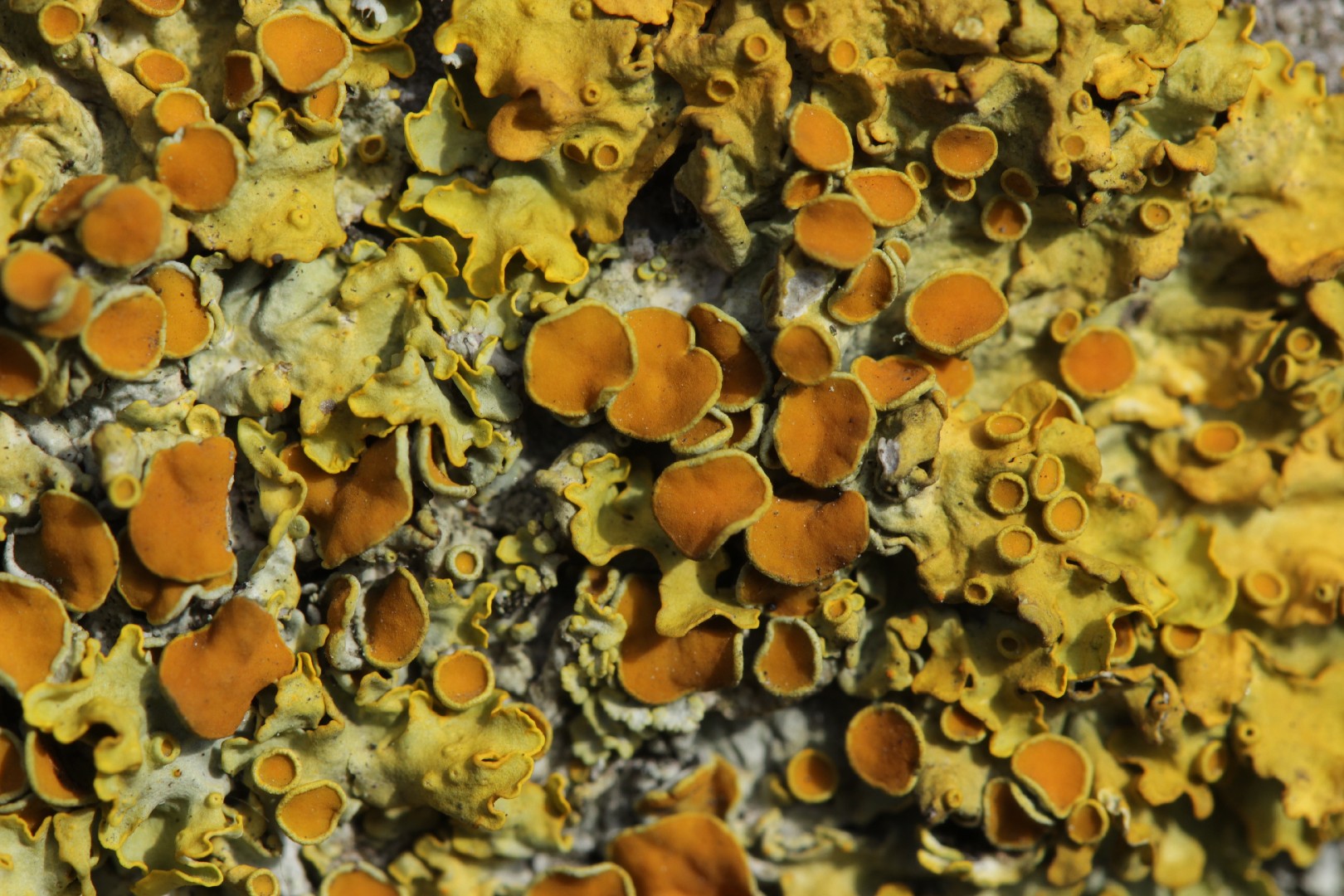
1. Common orange lichen
Common orange lichen was selected in 2006 by the United States Department of Energy as a model for genomic sequencing. Its widespread dispersal and bright yellow-orange color give the lichen its common name. It is primarily found growing on rocks, walls, and tree bark.
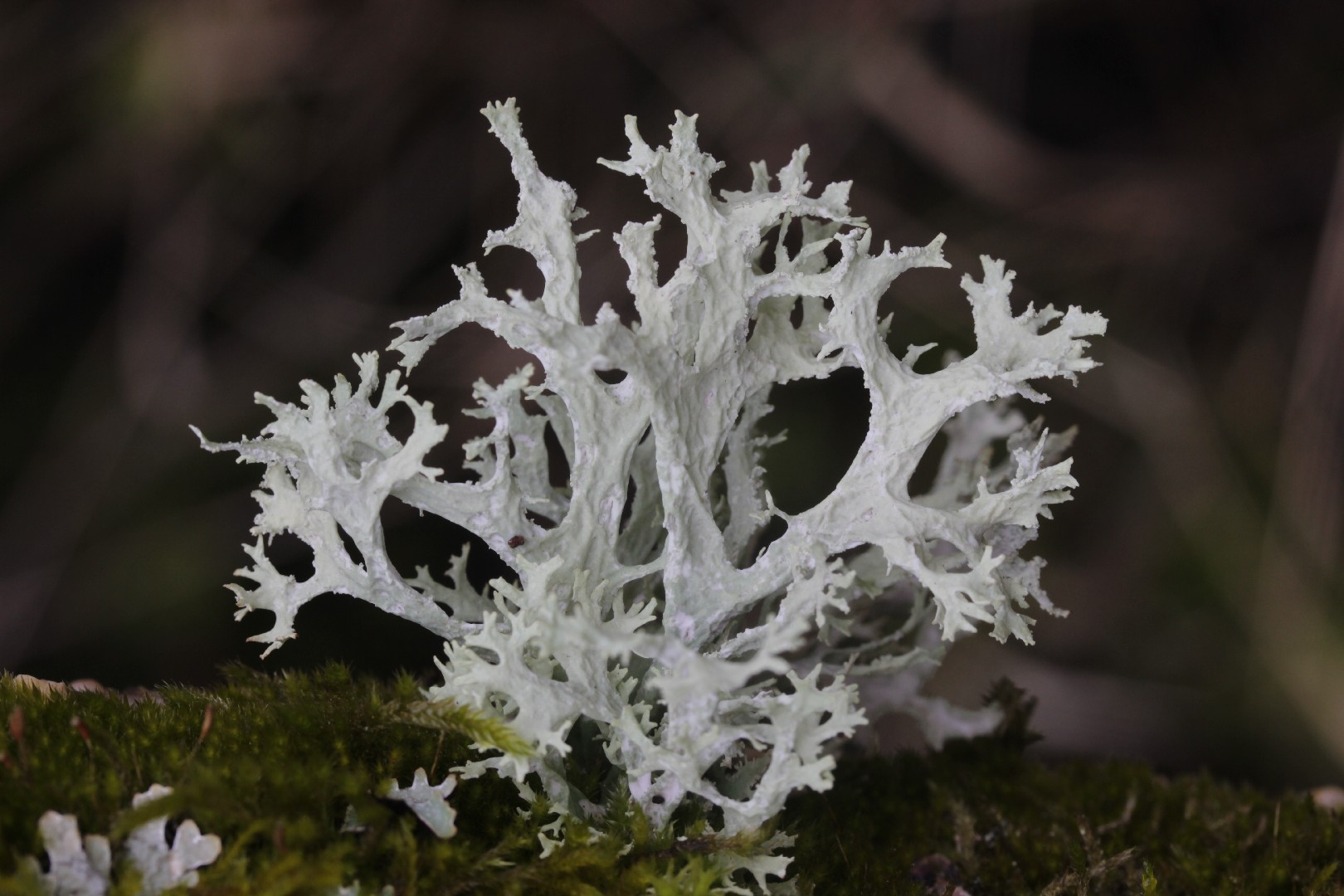
2. Oakmoss
Evernia prunastri grows shrubby on trees. The yellow-green lichen grows up to 10 cm. It consists of up to five millimeters wide shrubby branched bands with a light underside. At the edges of these open dusty (Sorale). Apothecias (with shiny brown disc) are rarely formed.
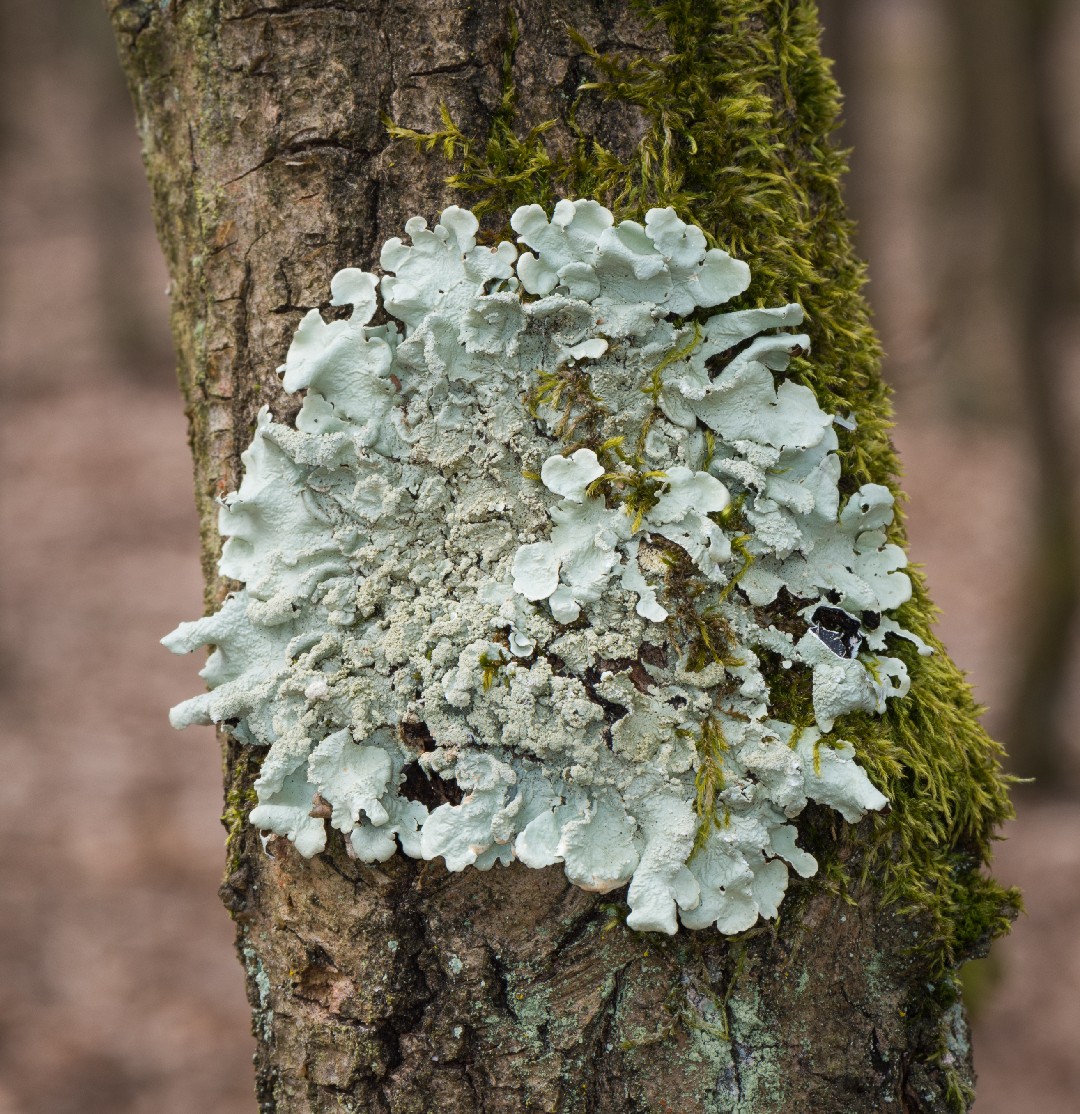
3. Common greenshield lichen
The common greenshield lichen is a familiar species in temperate forests around the world. It can be found growing on rock outcroppings and trees in a wide variety of habitats. Individuals can grow to be quite large and may be gregarious, forming large mats or sheets on suitable surfaces. Like other lichens, the common greenshield lichen will shrivel and harden when moisture is scarce.
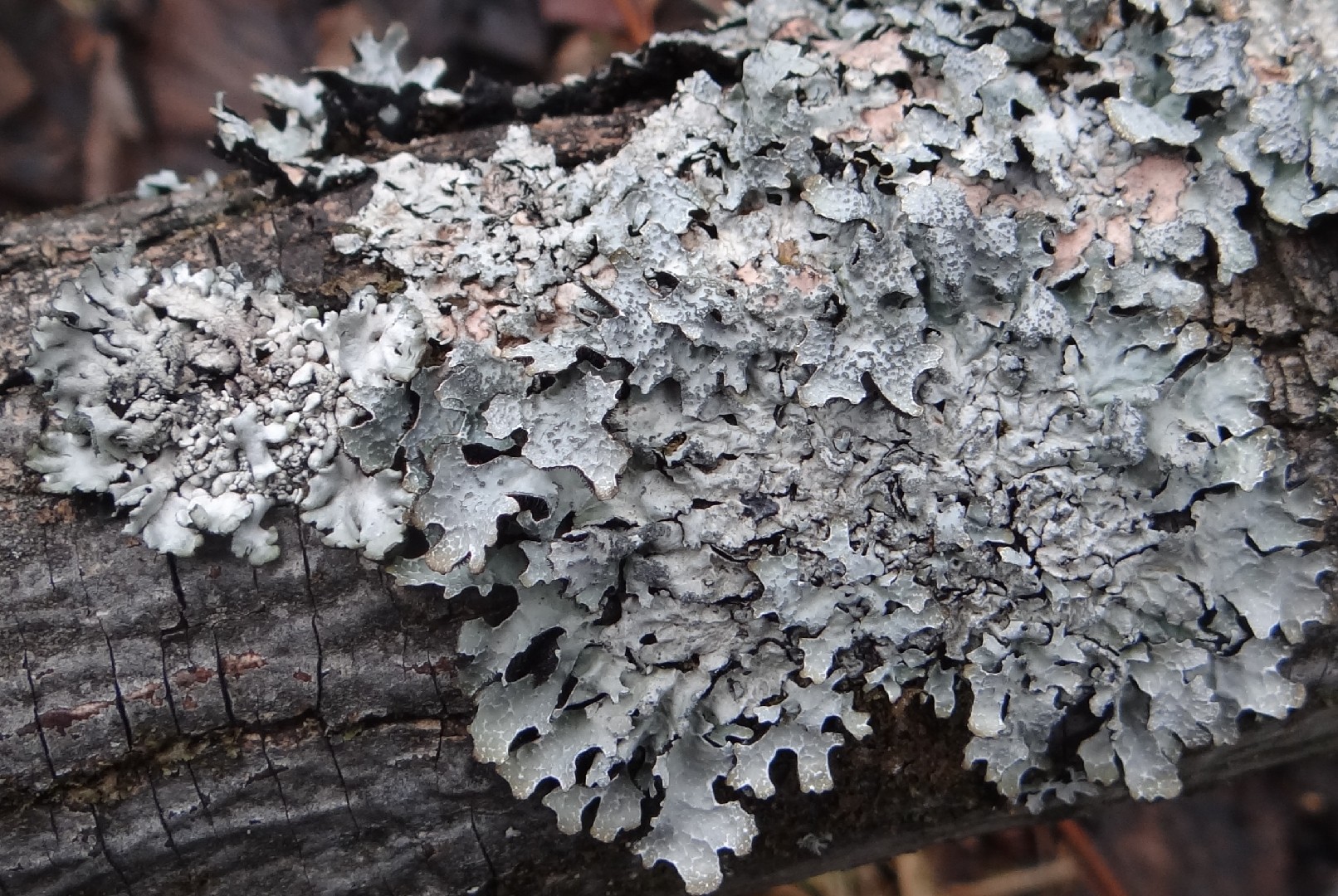
4. Hammered shield lichen
Hammered shield lichen is noted for its pollution tolerance. It is a widespread grey flat lichen that is mostly found upon tree bark and occasionally rocks. Hammered shield lichen is named for the depressions within the lobe which give it a hammered appearance.
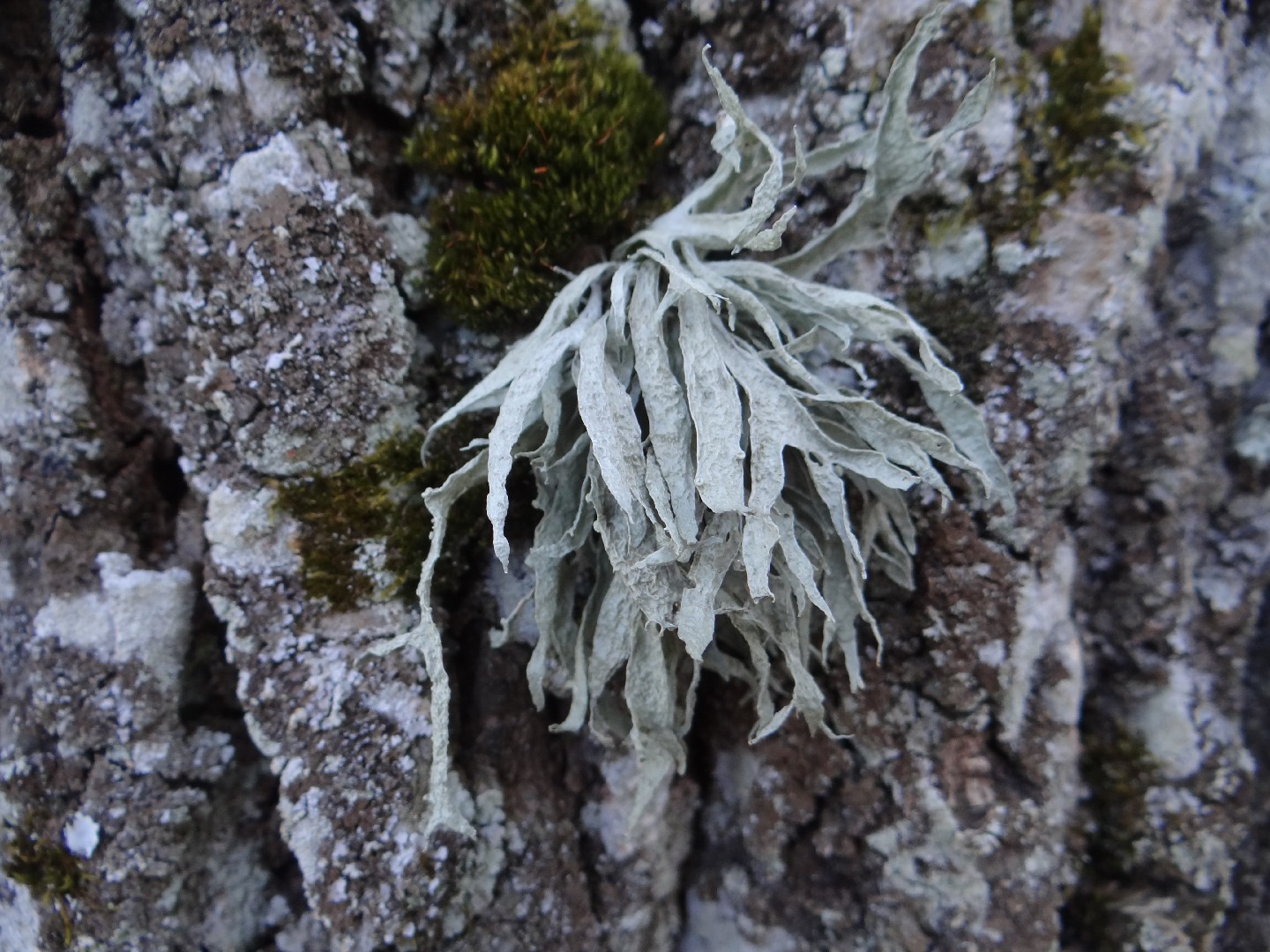
5. Cartilage lichen
Ramalina fraxinea is a shrub lichen, so fused only in one place with the substrate. Their largely rigid bearing sections are gray to yellow-green, flat to gutting, broad band-shaped, between 2 and 25 mm wide and 2 to 20 cm long. Often they are grubby to ribbed. Top and bottom are the same design and colored. The apothecaries, which are common in well-developed specimens, have marginal or surface features, occur on both sides of the lobes, have a diameter of 2 to 10 mm, and are pale yellowish to gray-green. Sorale are missing, small bright Pseudocyphellen however are mostly present.
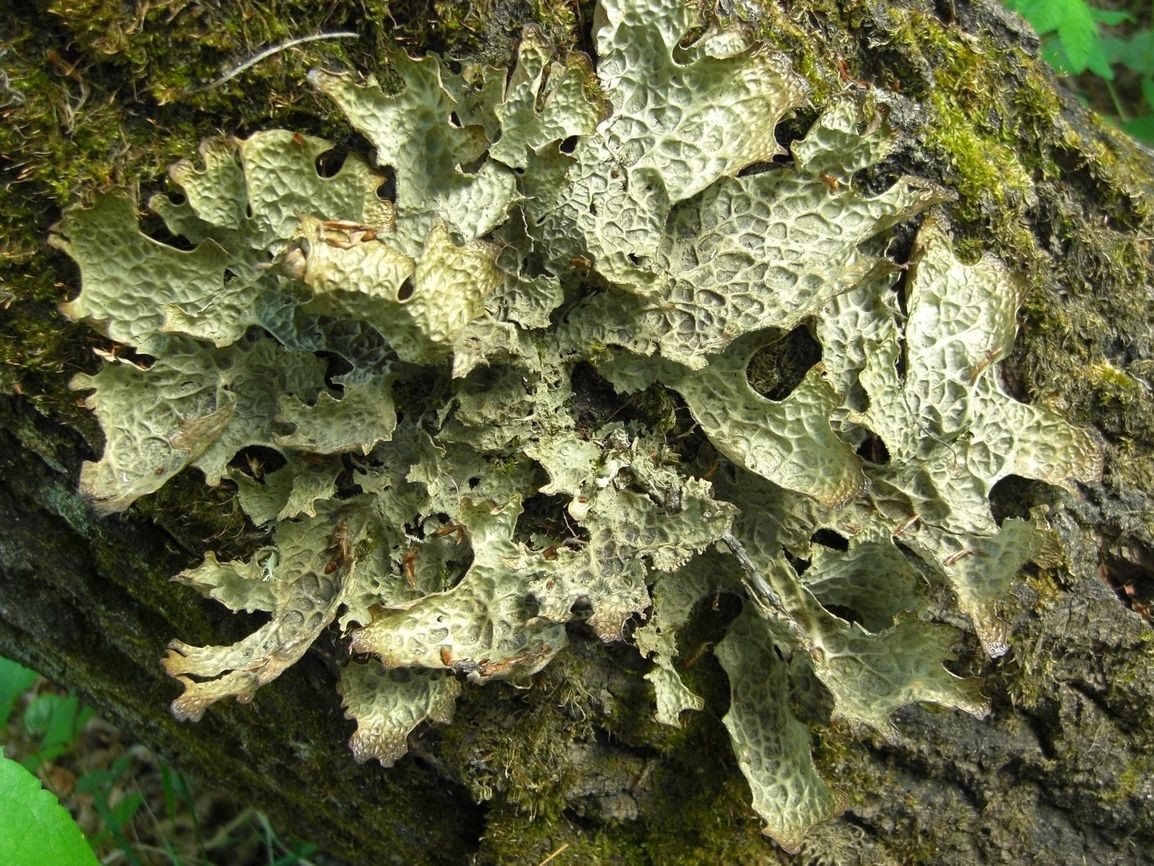
6. Tree lungwort
Tree lungwort is a green lichen that can be found in humid areas of North America, Europe, and Asia. It grows regularly on trees, rocks, and in urban areas rich with moss. It can be used as a dye. Animals may consume tree lungwort or use it as nesting material.
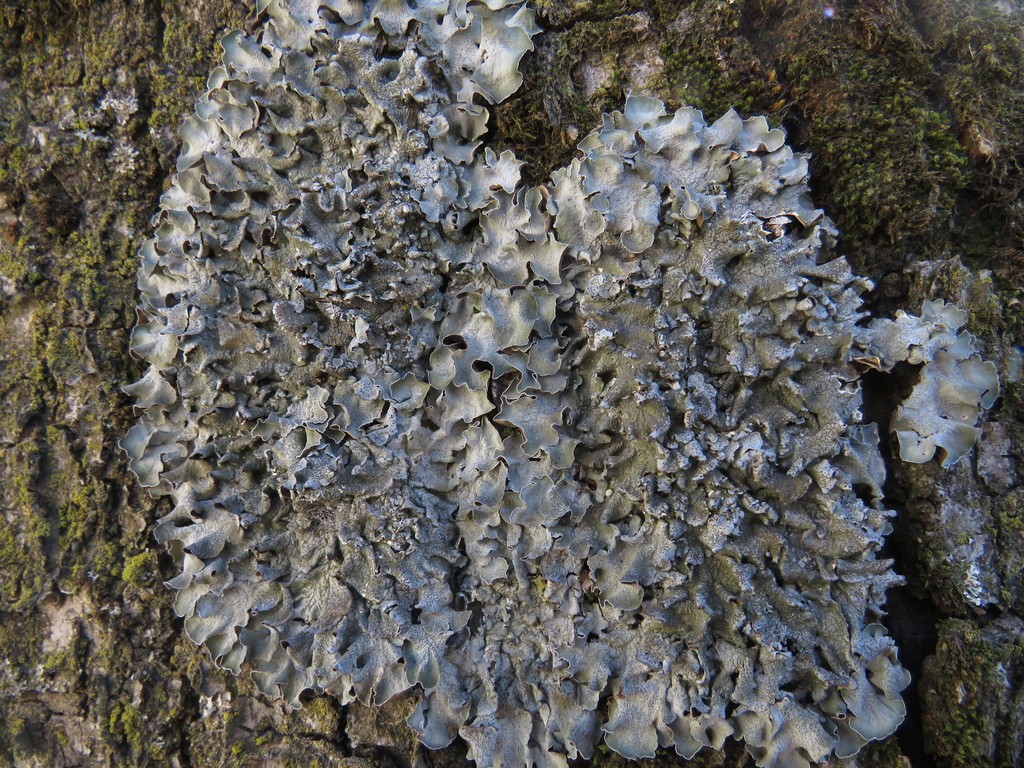
7. Pleurosticta acetabulum
The rosette bearing of Pleurosticta acetabulum can reach up to 25 cm in diameter. The thallus top is dry green to greenish brown to brownish green, moist olive green colored. The underside is blackish and has a brighter strip on the edge, where scattered rhizins sit. Sorale or Isidien are missing. Fruit bodies (apothecaries), however, are common, reach up to 1 cm in diameter and are characterized by a brown disc with a bright, notched edge.
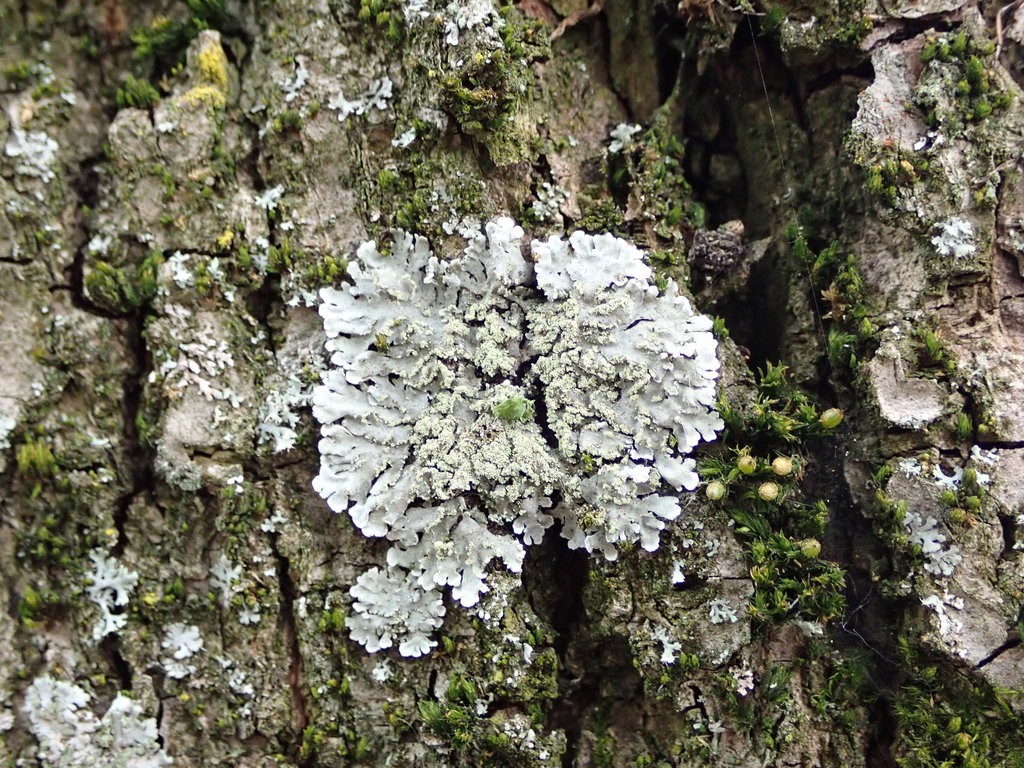
8. Physconia grisea
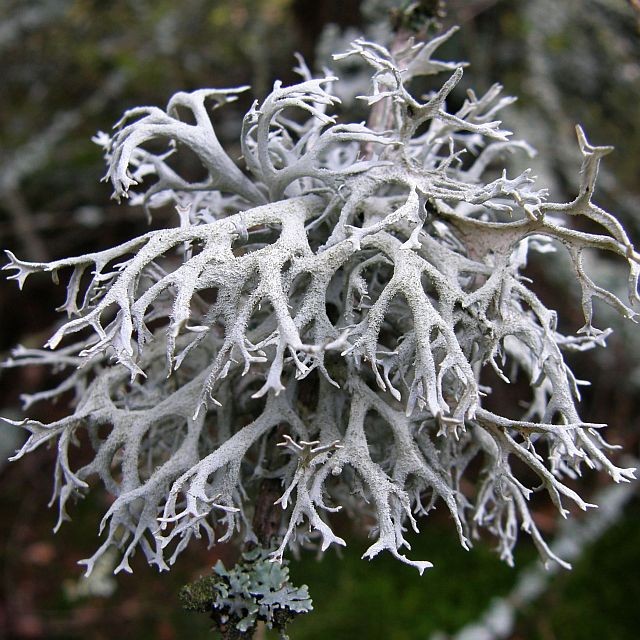
9. Tree moss
Pseudevernia furfuracea is associated with photobionts from the green algae genus Trebouxia. It reproduces asexually by isidia. The ontogeny of isidia development and its role in CO2 gas exchange in P. furfuracea has been investigated. The preferred growing surfaces for P. furfuracea are the so-called "nutrient poor" bark trees, including birch, pine and spruce. The species has two morphologically identical varieties that are distinguished by the secondary metabolites they produce: var. ceratea Zopf. produces olivetoric acid and other physodic acids, while var. furfuracea produces physodic but not olivetoric acid. Some authors (e.g., Hale 1968) have separated the chemotypes at the species level, designating the olivetoric acid-containing specimens as Pseudevernia olivetorina, but more recent literature separates them at the varietal level. 
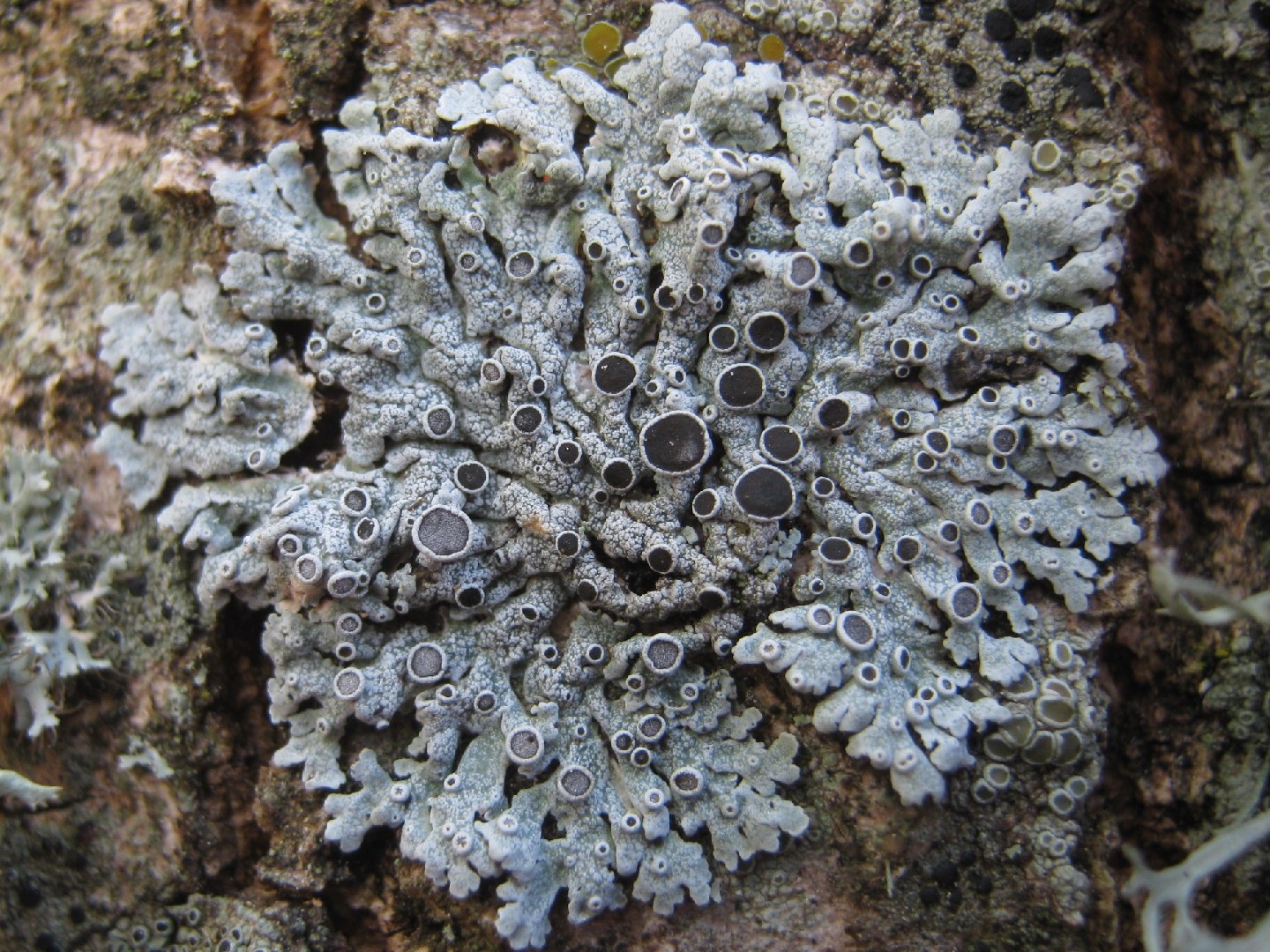
10. Hoary rosette lichen
The rosette bearing of Physcia aipolia is whitish to white-gray and reaches a maximum diameter of 6 cm. In contrast to the very similar Physcia stellaris, the camp is dotted white (especially when wet) and the marrow turns yellow with potassium hydroxide. The dark brown to black, mostly frosted Apothecia with thallusfarbenem edge occur frequently.
More
